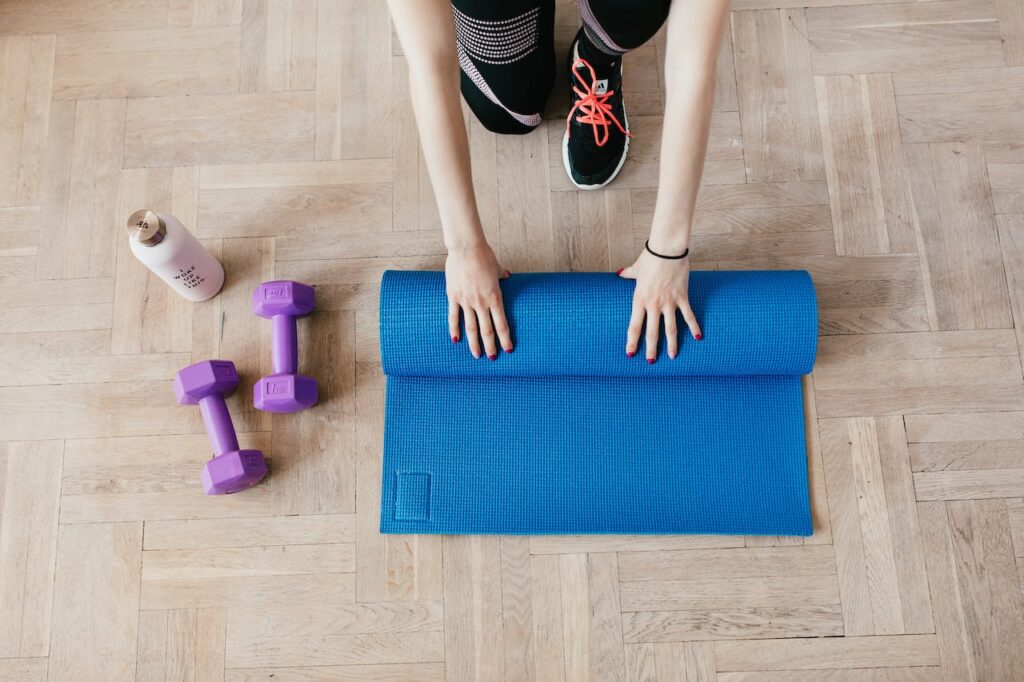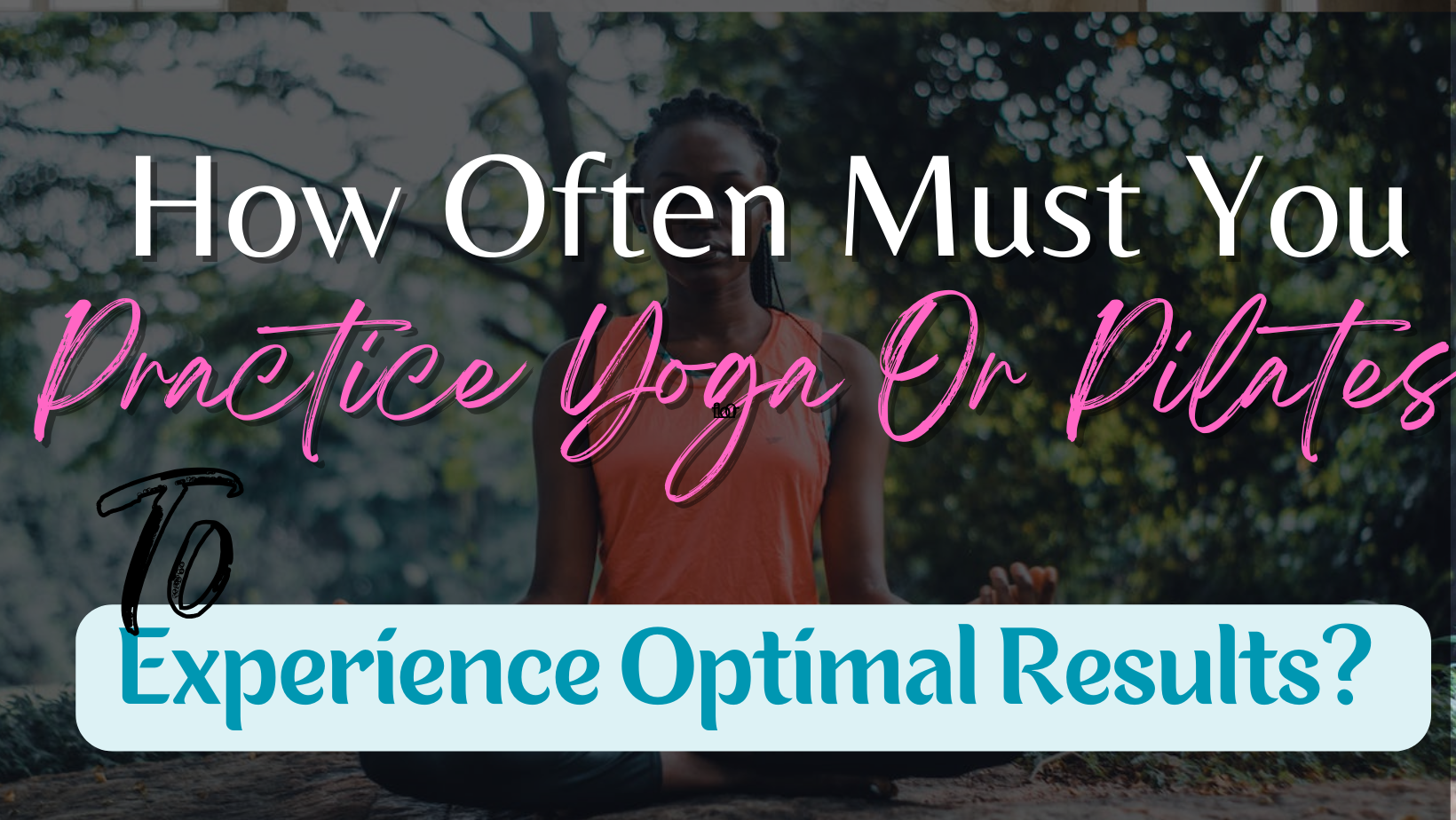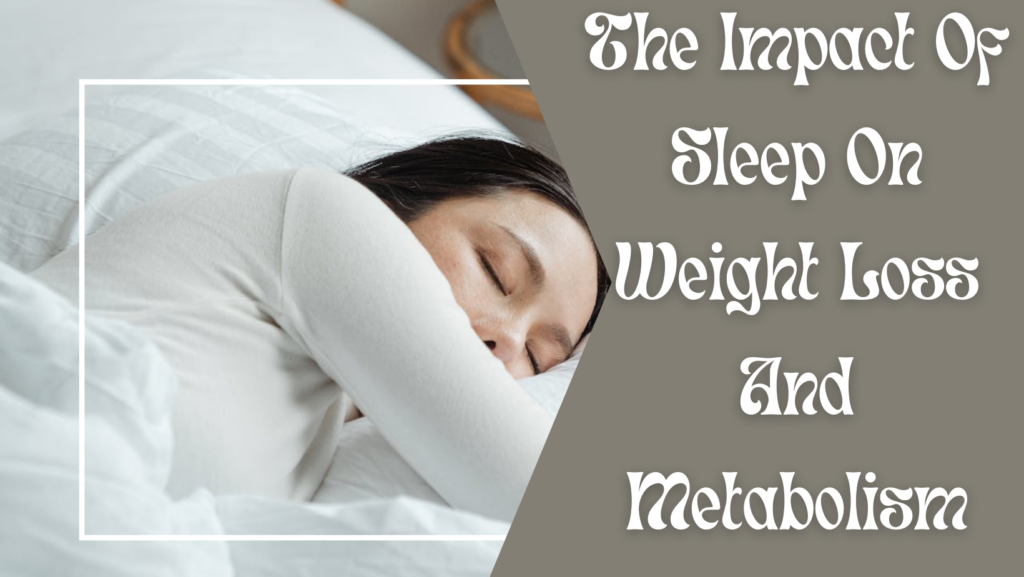Finding the right balance between practicing yoga or Pilates can be a daunting task. After all, too little practice may not yield the desired results, while overdoing it may lead to exhaustion or burnout. That’s why it’s important to know just how often you should be hitting the mat to maximize the benefits. In this article, we will explore the ideal frequency for practicing yoga or Pilates to ensure you achieve optimal results in your physical and mental well-being. So, if you’re ready to discover the perfect frequency to unlock the full potential of these transformative practices, read on.
Frequency of Practice
To fully reap the benefits of practicing yoga or Pilates, it’s important to establish a regular practice routine. The frequency of your practice depends on various factors such as your level of experience, specific goals, and individual preferences. Both yoga and Pilates offer a multitude of benefits, so let’s delve into the factors to consider when determining the ideal frequency for your practice.
Factors to Consider
Before deciding how often to practice yoga or Pilates, it’s essential to consider a few factors. These factors include your fitness level, physical condition, time availability, and overall health. Assessing these aspects will allow you to create a practice routine that is tailored to your specific needs and capabilities.
Beginners
If you are new to yoga or Pilates, it is recommended to start with a modest practice frequency. Building a strong foundation and familiarizing yourself with the movements and techniques should be your primary focus. Aim to practice yoga or Pilates at least two to three times per week, allowing your body to adapt and adjust to the exercises.
Yoga for Beginners
For those starting their yoga journey, two to three sessions per week is an excellent starting point. This frequency helps you become familiar with the basic poses and develop flexibility and stability gradually. Over time, as you become more confident and comfortable with the practice, you can increase the frequency to four to five sessions per week.
Pilates for Beginners
Similarly, when starting Pilates, two to three sessions per week is a good frequency for beginners. This ensures you have enough time to learn the fundamental Pilates exercises and become familiar with proper form and alignment. As you gain strength and improve your coordination, you can gradually add more sessions to your weekly routine.
Experienced Practitioners
Once you have gained experience and proficiency in yoga or Pilates, you can consider increasing the frequency of your practice. However, it’s important to listen to your body and avoid overexertion, as overdoing it can lead to fatigue or injuries.
Yoga for Experienced Practitioners
For experienced practitioners of yoga, four to five sessions per week is an optimal frequency. This allows you to deepen your practice, explore advanced poses, and enhance your flexibility and strength. Additionally, including different styles of yoga, such as Vinyasa, Ashtanga, or Yin, can help add variety and further challenge your body.
Pilates for Experienced Practitioners
Experienced Pilates practitioners can benefit from practicing four to six times per week. This frequency helps maintain muscle tone, improve core strength, and enhance body awareness. It’s also beneficial to incorporate different Pilates apparatus, like the Reformer or Cadillac, into your routine for added variety and progression.
Specific Goals
When determining the frequency of your yoga or Pilates practice, considering your specific goals is crucial. Let’s explore how often you should practice for some common objectives.
Flexibility and Strength
Both yoga and Pilates are excellent for improving flexibility and strength. If your primary goal is to increase your flexibility and build strength, a regular practice routine is essential.
Yoga for Flexibility and Strength
To experience optimal results in terms of flexibility and strength, aim to practice yoga at least three to four times per week. Consistency is key in improving flexibility, and regular practice helps lengthen and strengthen your muscles. Include a variety of poses that target different muscle groups, such as forward bends, backbends, standing poses, and inversions, to achieve well-rounded flexibility and strength.
Pilates for Flexibility and Strength
For enhancing flexibility and strength through Pilates, three to five sessions per week is recommended. The controlled and precise movements in Pilates allow you to develop muscle strength while improving your joint mobility. Incorporate exercises that focus on both the upper and lower body, as well as the core, to achieve overall flexibility and strength.

Weight Loss
If weight loss is your specific goal, combining regular yoga or Pilates practice with a balanced diet and cardiovascular exercise can yield excellent results.
Yoga for Weight Loss
To aid weight loss, practicing yoga three to five times per week can be highly beneficial. Yoga helps increase mindfulness, reduces stress, and improves overall body awareness. Additionally, dynamic styles of yoga, such as Power Yoga or Vinyasa Flow, increase heart rate and calorie burn, assisting in weight management.
Pilates for Weight Loss
For weight loss through Pilates, three to six sessions per week should be your target frequency. The consistent engagement of your core muscles in Pilates exercises helps improve metabolism and build lean muscle mass, contributing to weight loss. Combining Pilates with cardiovascular activities, such as brisk walking or cycling, can further accelerate your weight loss journey.
You May Also Like
Stress Management
Both yoga and Pilates are renowned for their ability to promote relaxation and reduce stress. To harness the stress-reducing benefits, maintaining a regular practice routine is essential.
Yoga for Stress Management
To manage stress effectively, aim to practice yoga at least three to four times per week. Yoga provides a sanctuary for mindfulness and relaxation, allowing you to let go of mental and physical tension. Incorporate gentle and restorative yoga practices, such as Yin or Restorative yoga, to calm the nervous system and restore balance.
Pilates for Stress Management
For stress management through Pilates, practicing two to three times per week is beneficial. Pilates encourages focused and controlled movements, promoting a sense of mindfulness and tranquility. The mind-body connection established during Pilates sessions can help alleviate stress and enhance your overall well-being.
Injury Rehabilitation
Both yoga and Pilates can be effective tools for injury rehabilitation. However, it’s crucial to consult with a healthcare professional or a qualified instructor to tailor the practice to your specific needs.
Yoga for Injury Rehabilitation
When using yoga for injury rehabilitation, it’s essential to practice under the guidance of an experienced instructor. The frequency will depend on the severity of the injury and your overall recovery process. Begin with gentle and therapeutic yoga, focusing on poses that promote flexibility, support joint mobility, and aid in muscular strength and balance. Gradually increase the frequency as you regain strength and range of motion.
Pilates for Injury Rehabilitation
Pilates can also be a valuable tool for injury rehabilitation, but it’s important to work with a qualified Pilates instructor who can modify exercises according to your condition. The frequency will vary depending on the type and extent of the injury. Focus on gentle and controlled movements that target the affected area while ensuring proper alignment and stability. Increase the frequency as your injury heals and your strength improves.
Conclusion
In conclusion, the optimal frequency of practicing yoga or Pilates depends on various factors, including your experience level, specific goals, and individual circumstances. For beginners, two to three sessions per week are recommended to establish a foundation and build familiarity with the practice. Experienced practitioners can benefit from practicing four to six times per week to deepen their practice and enhance their skills.
Tailor your practice frequency to achieve your specific goals. If you aim to improve flexibility and strength, practice three to five times per week for both yoga and Pilates. For weight loss, three to six sessions per week can be beneficial. To manage stress, aim for three to four yoga sessions or two to three Pilates sessions per week. Finally, when using yoga or Pilates for injury rehabilitation, it’s important to consult professionals and tailor your practice accordingly.
Remember, finding a balance between challenging yourself and giving your body time to rest and recover is key to long-term progress and avoiding burnout or injuries. Listen to your body and adjust your practice frequency as needed. With dedication, consistency, and proper guidance, you can experience the optimal results that yoga or Pilates can offer.




